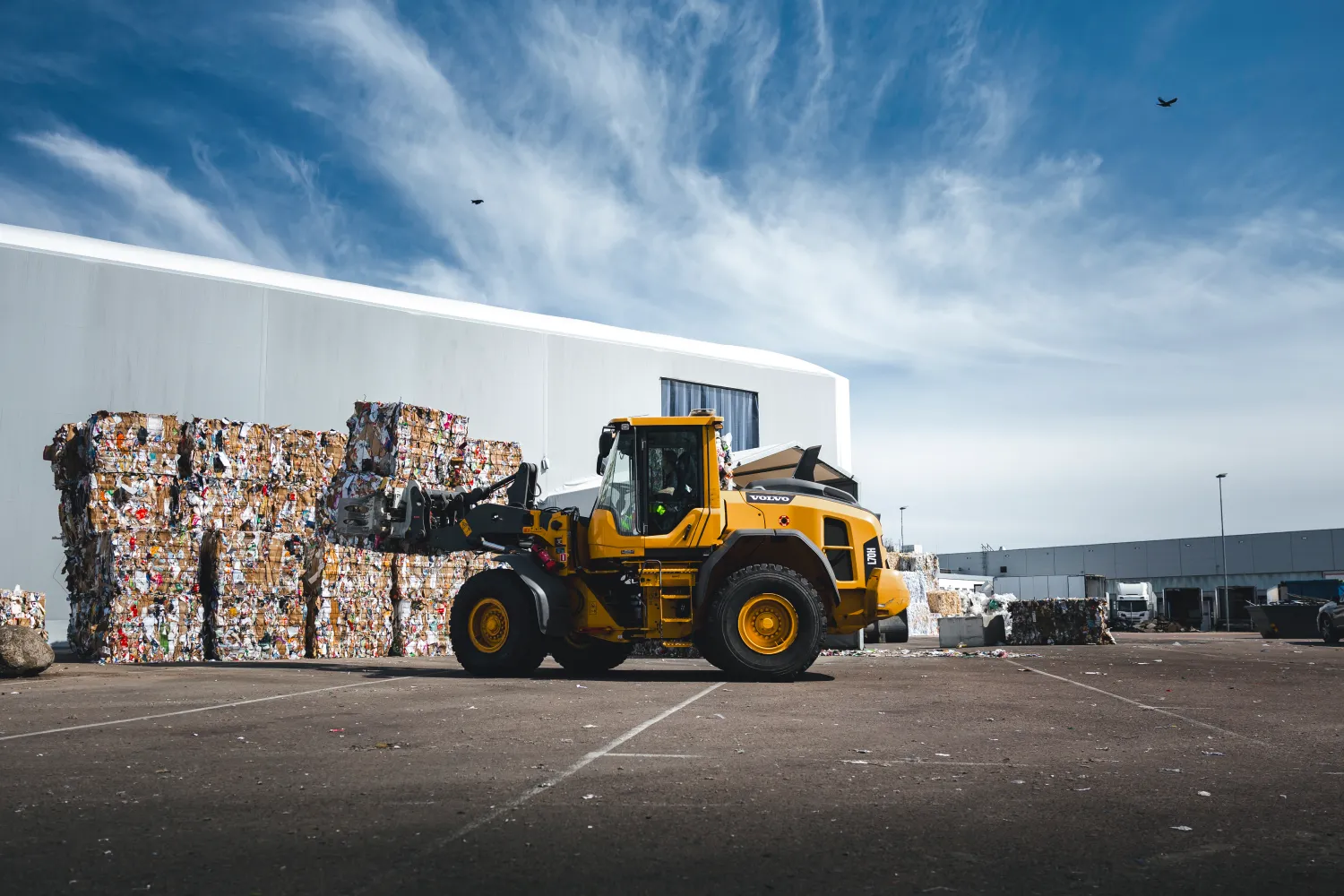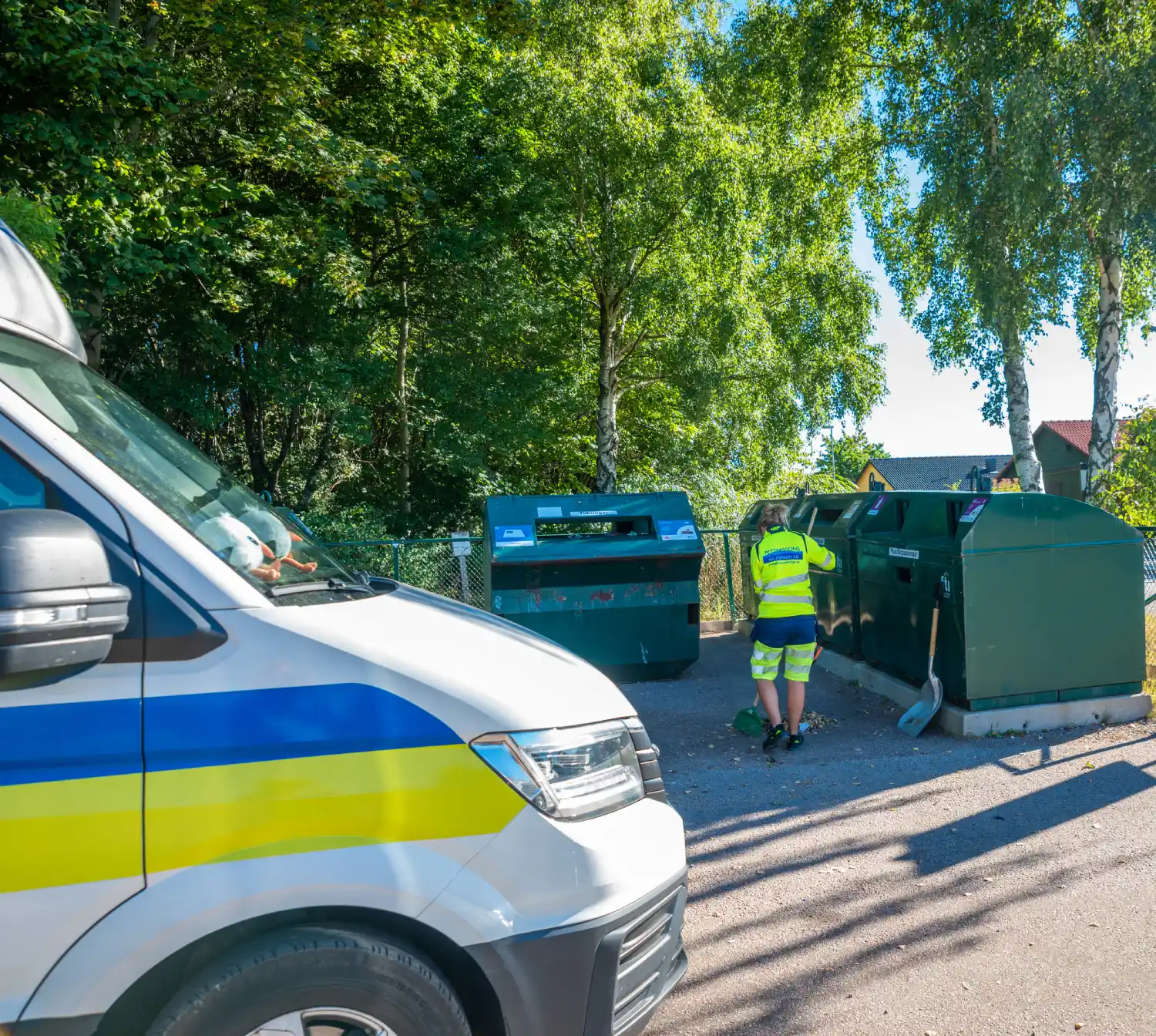How Recycling Stations Handle the Daily Demands of Packaging Waste
How Recycling Stations Handle the Daily Demands of Packaging Waste
Blog Article
Recycling in some sort of full of varied packaging materials presents both opportunities and challenges. Nowadays, consumers and organizations alike demand more sustainable methods while governments slowly implement stricter regulations for waste management. Nevertheless, the complexity of managing various packaging products indicates addressing unique recycling demands for every single type. This informative article has a deeper consider the recent styles, issues, and options in developing powerful Recycling (Återvinning) systems for varied presentation materials.
The Difficulty of Diverse Appearance Products
Packaging products came a considerable ways from easy cardboard boxes. Nowadays, they contain parts, glass, steel, paperboard, and multi-layered composites, among others. Each kind comes with its distinctive set of recycling requirements. Like:
Plastic: While plastic is light and resilient, its different types (like PET, HDPE, LDPE, and PVC) often need split selection and running methods. Mismanagement can result in contamination and inefficiencies in recycling streams.

Steel: Metal and tin containers stay extremely recyclable, although not without correct organizing to prevent contamination with non-recyclable metallic items.
Glass: Recycling glass requirements segregation by color and specific features in order to avoid problems like fragmentation or contamination with ceramics.
Paperboard: Solid, sprayed paperboard appearance is recyclable in many cases, but the heavy utilization of adhesives or laminates might hinder the process.
Multi-layer Appearance: That group creates the absolute most substantial concern because it usually combines products difficult to split up, such as metal and plastic levels in treat packaging.
With the world wide economy providing around 350 million a great deal of plastic annually, and presentation accountable for nearly 40% of their consumption, approaching that difficulty is crucial to achieving higher recycling rates.
Obstacles in Tailoring Recycling Systems
One of the biggest challenges in recycling applications is contamination, specially when varied resources are discarded together. As an example, when food deposit sticks to recycled parts or broken glass mixes with paper, the performance of recycling techniques falls significantly. Deficiencies in standardized marking methods also confuses consumers and benefits in incorrect waste sorting.
Also, fragmented infrastructure plays a role in the issue. Some municipalities absence services to process complicated materials like multi-layer presentation or particular plastics, making recycling unrealistic for these items.
Towards a Round Economy with Tailored Solutions
Building an effective recycling system to handle varied packaging components requires development and collaboration. Governments, businesses, and consumers need certainly to perform in stance:
Government Initiatives: Implementing Extensive Maker Obligation (EPR) plans can inspire manufacturers to style appearance that is simpler to recycle.

Modern Systems: Chemical recycling practices, like depolymerization for plastics, may break up hard-to-recycle materials for greater recovery rates.
Client Knowledge: Selling clear recycling behaviors and distinct labeling may somewhat lower contamination in recycling streams.
Opportunities in modernizing waste administration infrastructure will perform a crucial role, along side ongoing study in to biodegradable and used appearance solutions.
A Route Forward
The selection in presentation materials can be a problem, but it also presents a way to improve recycling systems and techniques. A mix of technological breakthroughs, regulatory procedures, and customer consciousness can get the move to a far more sustainable, circular economy. Handling the unique recycling requirements of diverse components is no more an alternative but essential to combat reference depletion and defend the planet. By tackling these difficulties strategically, worldwide communities can guarantee long-term environmental viability.
Report this page